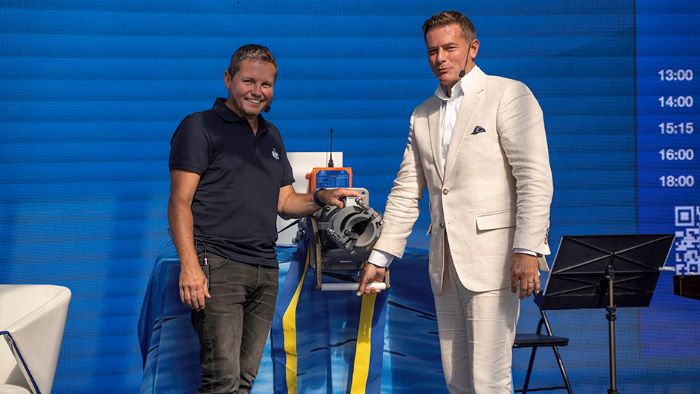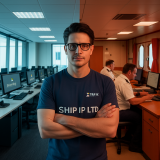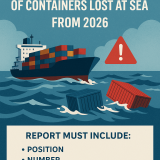(Seychelles News Agency) – Officials involved in search and rescue operations, disaster management and maritime assistance services in the Western Indian Ocean are meeting in Seychelles to produce better coordinated efforts in tackling maritime disasters.
At a four-day workshop at the Story Hotel on the main island of Mahe, participants from the Seychelles Coast Guard (SCG), Seychelles Civil Aviation Authority (SCCA) and Disaster Risk Management Division (DRMD) are meeting the colleagues from the Comoros, France, Iran, Kenya, Madagascar, Mauritius and Mozambique to build a collaborative Indian Ocean Rim Association (IORA) maritime safety and security framework.
The Australian Maritime Safety Authority (AMSA) is providing its expertise in the “table-top exercise” which the Australian government is funding.
The table-top exercise will mainly involve practical aspects of training, “even though there will be theory, it will be mainly visits and exercises,” explained the Seychelles Maritime Safety Authority (SMSA) head, Captain Joachim Valmont.
The Indian Ocean is a major transit area for international trade as half of the world’s container ships, one third of the world’s bulk cargo and two thirds of the world’s oil shipment passes through these waters annually.
Speaking to the press at the official opening of the workshop, Seychelles Coast Guards (SCG) chief, Jean Attala said the size of the Seychelles’ EEZ is one that “poses a challenge to the country”. The island state has an Exclusive Economic Zone (EEZ) of 1.3 million kilometres.
“There are different types of local and foreign vessels passing through our seas, and there are times that accidents happen,” he explained.
“Gathering concrete information as to where an accident has taken place as well as the coordination of a search and rescue mission is one that is relatively hard,” he said.
Valmont further added that due to the vast EEZ, “if we are to hold a major search and rescue operation, we will need the support of countries in the region”. Furthermore, the country has very limited aircraft capacity for such operations, effectively just one plane.
The meeting in Seychelles is the first in two IORA is holding – the second will be for the Eastern Indian Ocean countries of Australia, Bangladesh, India, Indonesia, Malaysia, Maldives and Singapore.
Through both workshops held for the different regions of the Indian Ocean, those taking part will be able to identify ongoing mechanisms that they may later adopt to address the gaps and areas for improvement
in regional maritime safety and security arrangement.
Source: http://www.seychellesnewsagency.com/articles/17311/IORA+meeting+in+Seychelles+tackles+framework+for+effective+search+and+rescue+coordination







